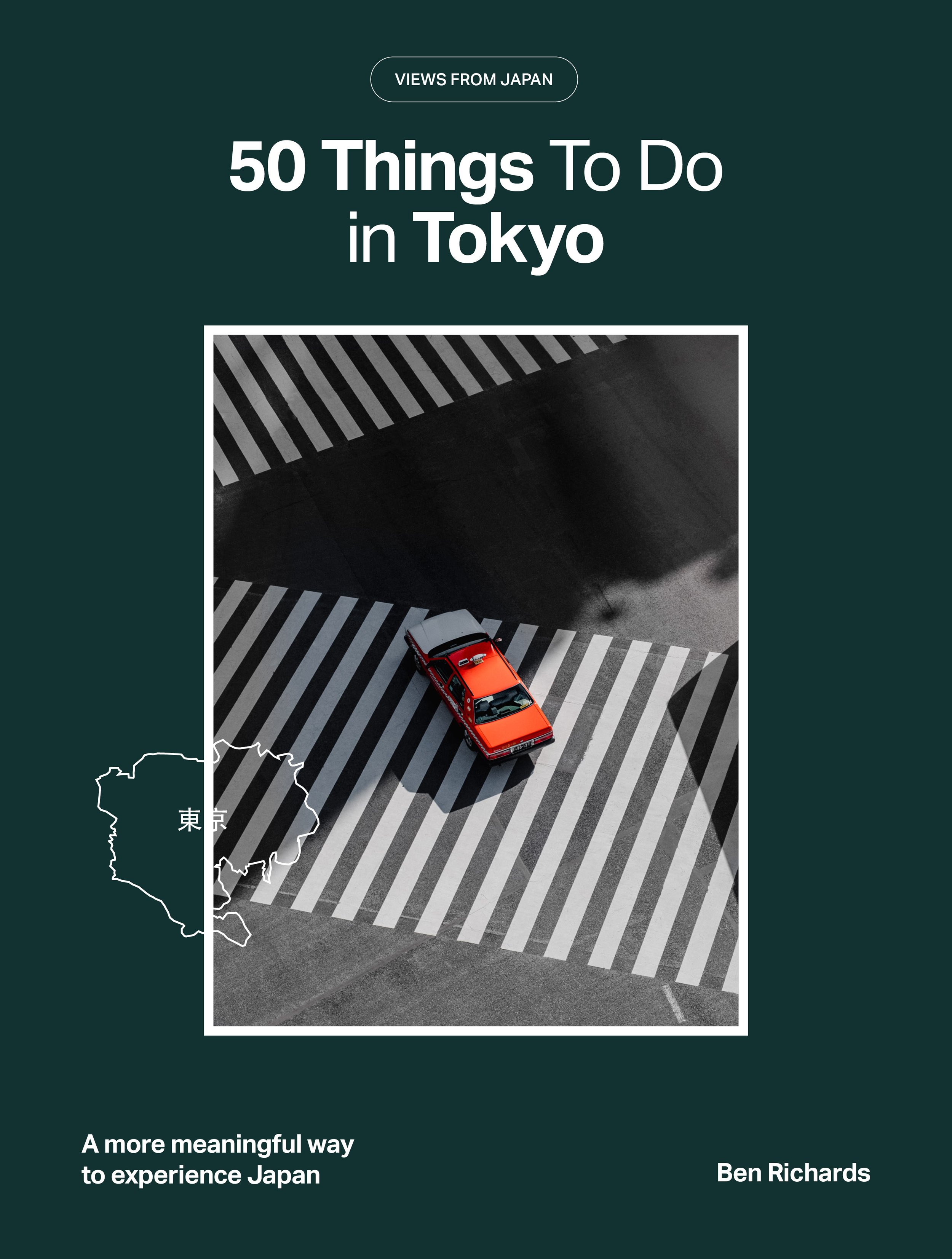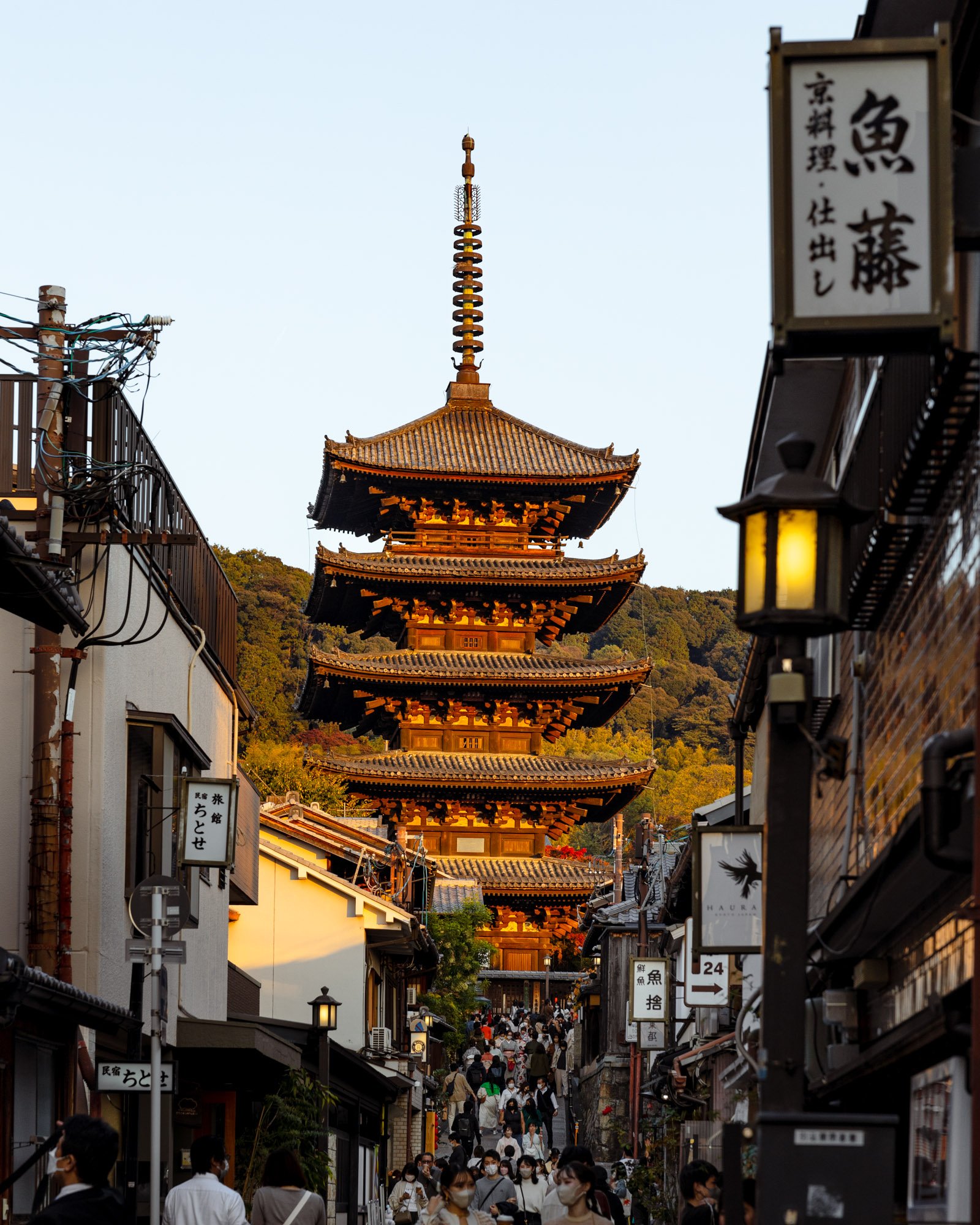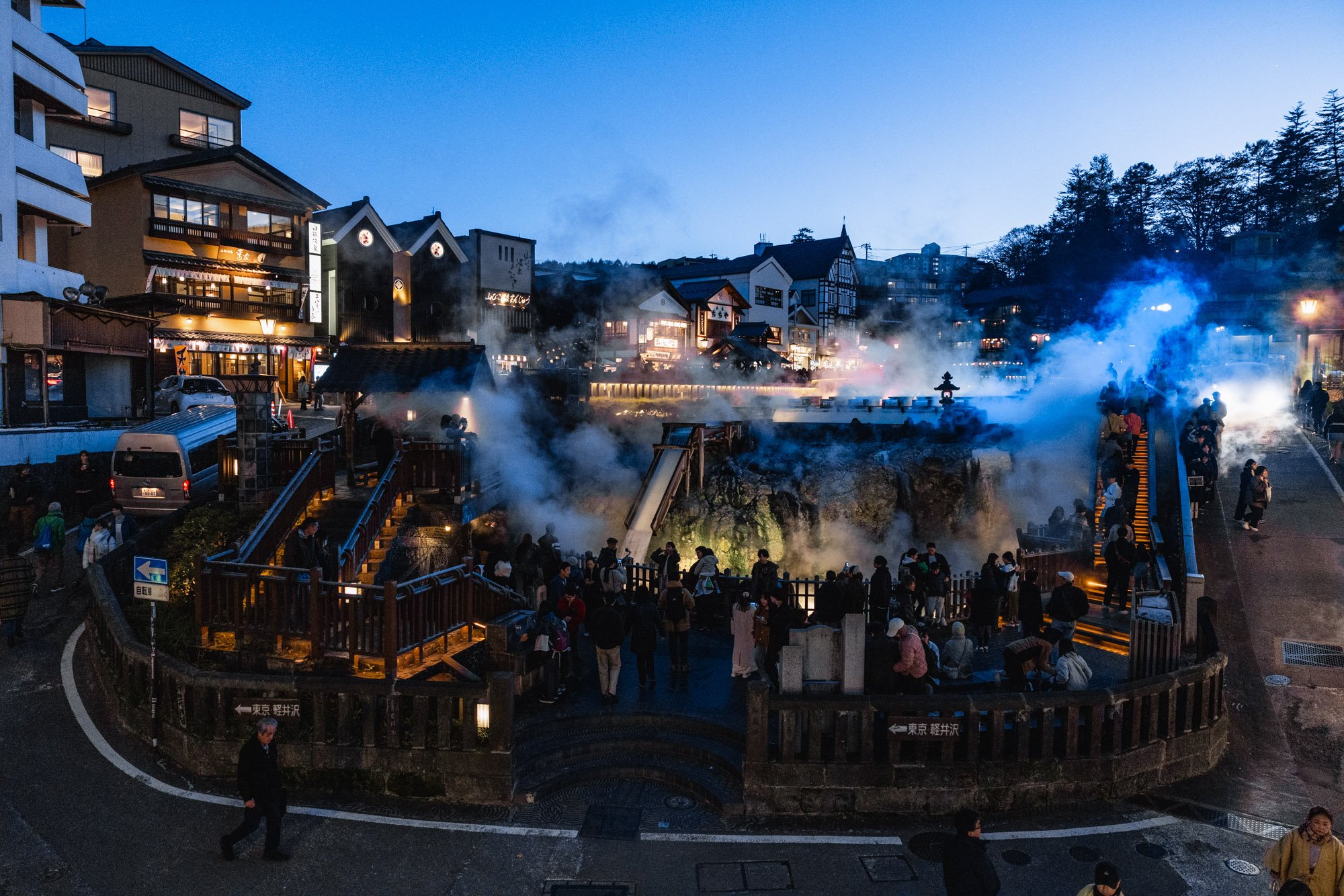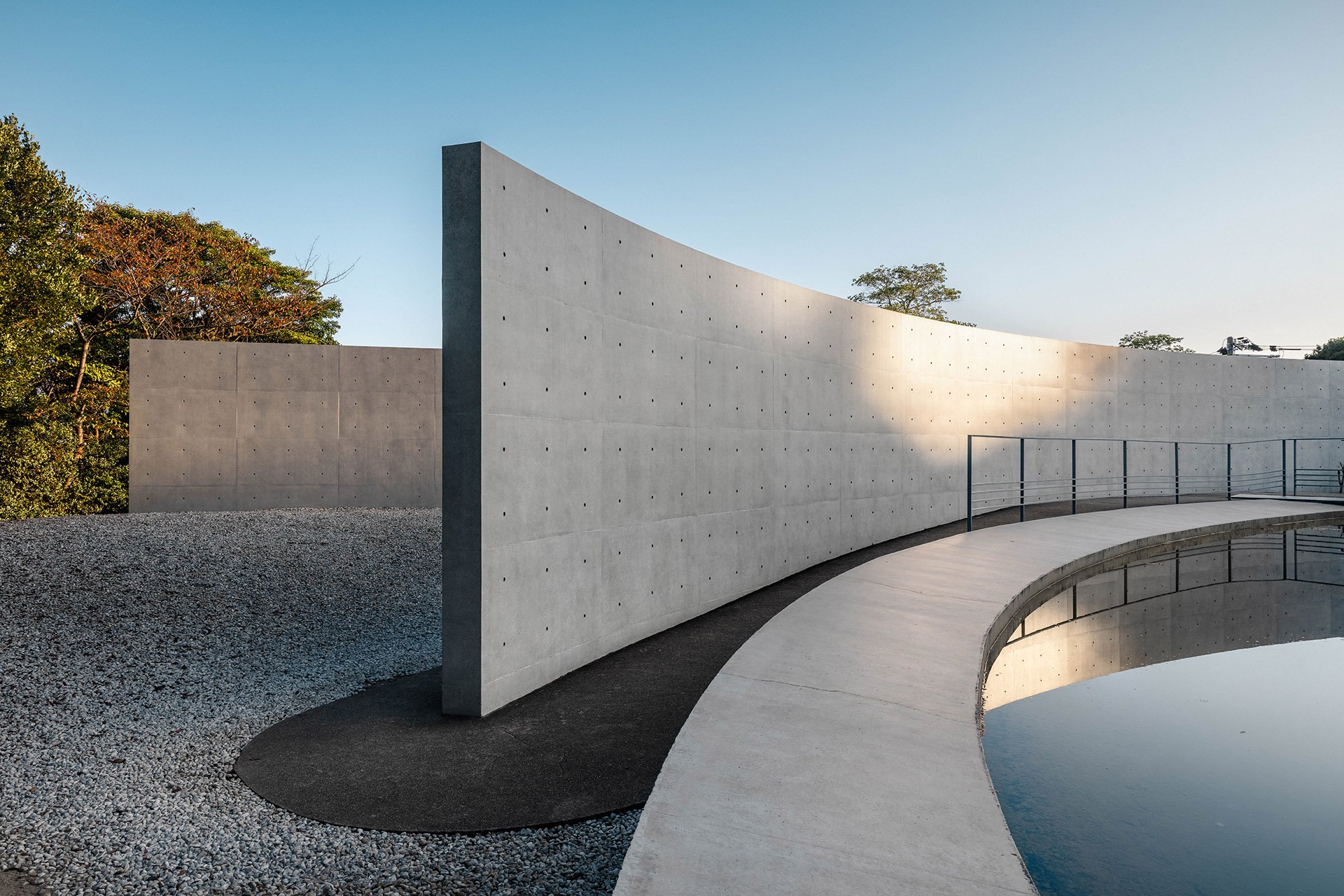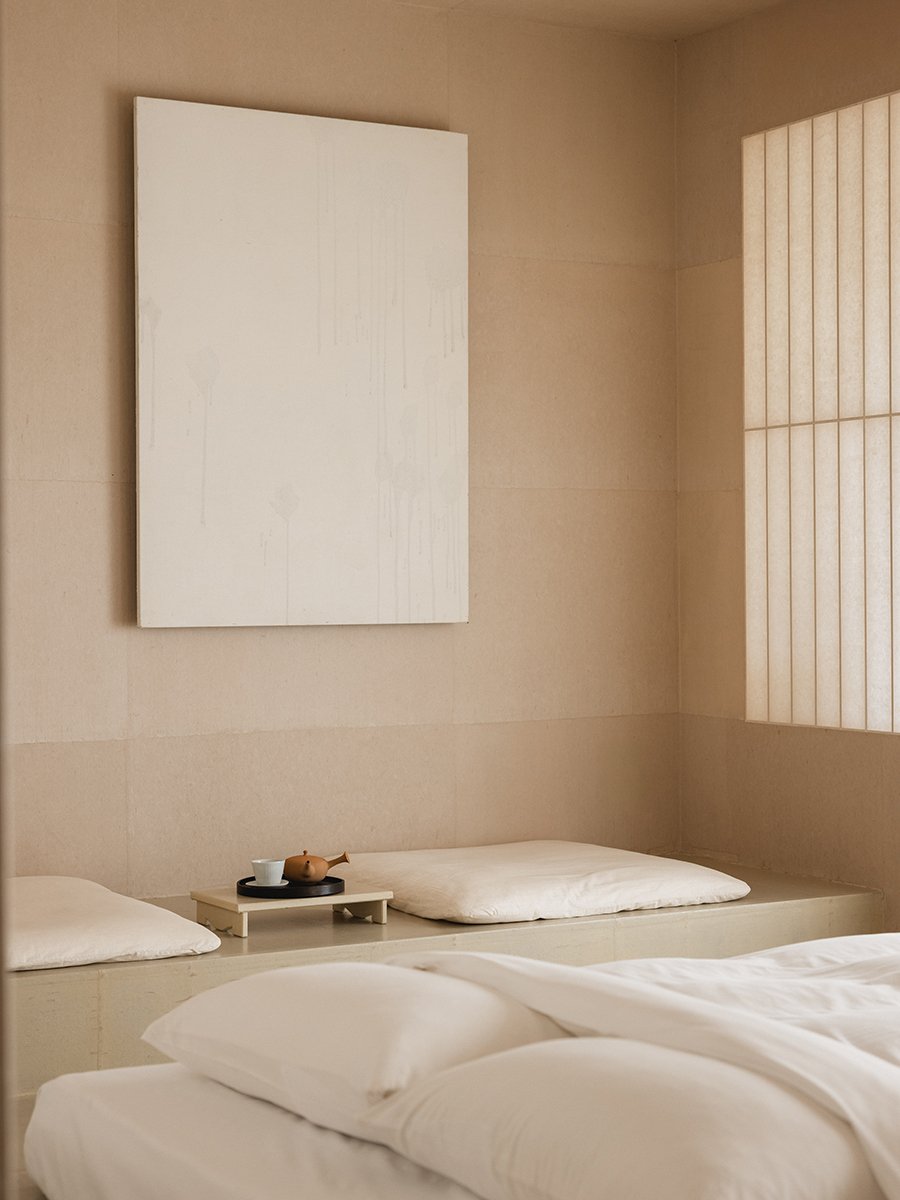Two Week Japan Itinerary: The Ultimate Guide for First-Timers
Planning a trip to a country as diverse as Japan can often be overwhelming, with so many travel guides promoting the same popular places, leading to packed crowds and areas suffering from over-tourism. Japan has so much to offer: from history spanning thousands of years, futuristic technology and contemporary art, to striking mountains, ancient forests and snow-capped volcanoes. A first-time trip is always a tricky one, and I want to offer you a more meaningful way to experience Japan; a mix of big hitters and niche neighbourhoods, lesser-travelled destinations and unique cultural experiences. Come with me as we explore the pristine Japanese Alps, Kyoto without the crowds, the art and architecture of Naoshima and so much more.
First Time itinerary Highlights
Tsukiji Fish Market, Tokyo – The market features food stalls, restaurants and a variety of world-class seafood produce.
Fujiyoshida, Yamanashi – A snapshot of authentic country life in Japan, Fujiyoshida is just two hours from Tokyo.
Kamikochi, Nagano – Kamikochi showcases the Azusa River Valley, flanked by thick forests and hiking trails.
Garden of Fine Arts, Kyoto – Walk through staggered concrete walkways and immerse yourself in the surrounding artworks.
Benesse House, Naoshima – A world-class art museum designed by Tadao Ando where you can spend the night.
Days 1–5: Tokyo
A forward-thinking city combining its ancient roots with modern concepts, Tokyo encapsulates the best parts of Japan. Traditions persist in local markets, age-old temples and peaceful green spaces, while contemporary design and architecture, and futuristic technology light up the heart of the city. Japan’s capital is home to famous attractions which sit side by side with local haunts that can only be discovered by chance. From the impenetrable crowds at Shibuya Crossing to the Scandi-cool neighbourhood of Tomigaya, there’s something unexpected around every corner.
Highlights
Meiji Shrine — Meiji Shrine offers a refuge of traditional Japanese culture in central Tokyo. Built to honour the spirits of Emperor Meiji and his wife, it’s close to Harajuku Station and marked by its distinctive torii gates.
Tomigaya — A hidden slice of European chic in Tokyo, the leafy, modern neighbourhood of Tomigaya is perfect for a stroll. French bakeries, Scandinavian cafes and independent bookstores are scattered through the area, and Yoyogi Park is just around the corner.
Tsukiji Fish Market — Tsukiji Market was once home to the world’s largest wholesale fish market. Now, the lively fish-sellers have moved their produce to the outer area, which also holds food stalls, restaurants and a variety of world-class seafood produce.
Daikanyama T-Site — Made up of three buildings dedicated to art, design, travel and more, as well as the sleek Anjin Lounge, Daikanyama T-Site is open until 2am with thousands of international novels, art books, Japanese travel magazines and more.
Shibuya Crossing — One of Tokyo’s most famous experiences, Shibuya Crossing is the world’s busiest intersection. Lose yourself in thousands of people as you cross under the neon signs and flashing screens.
Day Trips
Kamakura — A short drive south of the capital, Kamakura is filled with temples, shrines and historic buildings. Highlights include Hokokuji Temple and Hachimangu Shrine as well as the iconic Great Buddha statue.
Mt Takao — Takaosan offers natural beauty and hiking trails within Tokyo’s metropolitan area. Follow the main trail towards the summit of the mountain to reach Yakuoin Temple and an observation platform with stretching views towards Mt Fuji.
Okutama — Okutama remains one of Tokyo’s most tranquil areas, from the still and peaceful Okutama Lake to the impressive Hyakuhiro-no-Taki Falls, which provides stunning views of the surrounding foliage.
Getting Around
Tokyo is one of the most accessible cities in the world, with a network of trains connecting almost every corner. The best way to travel around quickly is via the Tokyo Metro which covers central Tokyo. There are also six main JR train lines running through the city. To head further afield, shinkansen (bullet trains) run from Tokyo to most major cities in Japan. Tickets are easy to navigate - just use a prepaid IC card or consider day passes for busy travel days.
Ready to go? Browse a full selection of Tokyo hotels here.
For more ways to experience Japan like a local, check out the brand new Views from Japan travel guidebook!
Day 5-6: Kawaguchiko & Mt Fuji
There’s little doubt you’ve seen the reflection of Mt Fuji shimmering in Lake Kawaguchiko; its serene beauty makes it one of the most popular spots in Japan. Autumn and sakura season see Kawaguchiko burst into a kaleidoscope of colour, meaning it’s a dream for photographers. Nearby Mt Fuji is also a timeless icon of Japan, and whether you choose to climb to its summit or admire it from afar, this active volcano is an unforgettable sight.
Highlights
Lake Kawaguchiko — Part of the Fuji Five Lakes, Kawaguchiko is the second largest. Join locals as dawn breaks over the lake and Mt Fuji is shrouded in mist, or capture the rich colours of autumn leaves at the nearby Momiji Tunnel every November.
Fujiyoshida — The town at the foot of the volcano has remained peaceful and slow-paced - a snapshot of authentic countryside living in Japan. Fujiyoshida is just 2 hours from Tokyo, making it a worthwhile base for visiting the Five Lakes area.
Chureito Pagoda — A five storied pagoda on the mountainside overlooking Fujiyoshida City and Mt Fuji. On a clear day, the active volcano can be seen perfectly in the distance. The pagoda itself is part of the Arakura Sengen Shrine and requires a hike up 400 steps to the mountain from the shrine's main entrance.
Getting Around
Easily get around the entire Lake Kawaguchiko area on the Fujikyu Bus lines, which travel around Mt. Fuji and the Five Lakes. If you’re looking for flexibility then car rental is highly recommended. Exploring on foot or bike are also popular options. To reach Lake Kawaguchiko, take a bus from Shinjuku Station to Kawaguchiko Station in just under two hours, or there are also less frequent trains from both Tokyo and Shibuya Stations.
Ready to go? Browse a full selection of Mt Fuji & Kawaguchiko hotels here.
Day 6–8: Takayama & Nagano
The Japanese Alps is a stunning mountain range spanning several prefectures, including Nagano and Gifu. Expect awe-inspiring landscapes, rugged peaks, and picturesque valleys and a region offering a myriad of outdoor activities, such as hiking, skiing, and mountaineering, making it a paradise for adventure enthusiasts. Along with breathtaking natural beauty, traditional villages and hot springs; ancient temples provide a perfect blend of nature, culture, and tranquillity.
Highlights
Takayama — Commonly referred to as Hida-Takayama, this small historic city in the mountainous Gifu region is a gateway into Japan’s traditional past. The area’s immaculately preserved old town is one of Japan’s finest and features wooden Edo-period architecture lining the streets. Takayama is a perfect place to experience tradition and nature, alongside the local dish: world-class Hida beef.
Kamikochi — Known as the Crown Jewel of the Japanese Alps, Kamikochi showcases the untouched beauty of Nagano’s Azusa River Valley, flanked by thick forests and hiking trails. The Azusa River’s crystal clear waters flow through the Kappa Bridge, marking the starting point for various trails such as the Taisho Pond loop, as well as multi-day trails on offer, including Mt. Nishi-Hotaka and Mt. Kita-Hotakadake.
Getting Around
To reach Japan’s central alps region, consider taking the Shinkansen bullet train from Tokyo to Nagano, where you can easily access other areas. Once in Gifu and Nagano, car rental is the best recommended option to enjoy maximum flexibility, and to experience the region’s mountain roads and scenery. Local trains and buses are available but infrequent.
Ready to go? Browse a full selection of Takayama & Nagano hotels here.
Looking for More Ways to Experience Japan Like a Local?
Day 8–12: Kyoto
Stepping into Kyoto feels like entering a portal to ancient times, where Geisha tip-toe along cobbled alleyways and historic shrines sit alongside immaculate zen gardens. Japan’s former capital attracts millions of visitors every year, but beyond the crowds remains a city where age-old traditions and effortless charm persist. Explore a bamboo grove minus the crowds, discover a showcase of flavours at Nishiki Market and marvel at a peaceful architectural art garden.
Highlights
Gion — The city’s most famous geisha district is lined with wooden merchant houses, shops and restaurants. Pass through Hanami-koji Street, home to the highest concentration of machiya houses, for a tea ceremony where geiko and maiko entertain guests.
Arashiyama — Home to many prestigious temples and infamous Bamboo Grove. Arashiyama gets popular with tourists and tour groups, so why not take a private boat cruise, or head a bit further along to Adashino Nenbutsu-ji Temple for bamboo forest views without the crowds.
Nishiki Market — Referred to as ‘Kyoto’s Kitchen’, over 100 shops and restaurants trade in the narrow market lanes, where traditional Japanese produce such as seafood, sweets and spices are sold. Pass through the market to sample dishes perfected over generations, artfully prepared using hand-crafted Japanese knives.
Garden of Fine Arts Kyoto — Designed by legendary Japanese architect Tadao Ando in a quiet Kyoto suburb, The Garden of Fine Arts remains pretty unknown. Walk through the staggered concrete walkways and channels and immerse yourself in the surrounding artworks.
Day Trip
Nara — Nara may have been Japan’s first permanent capital but nowadays it’s far more famous for its curious, friendly locals: the sika deer who roam free in and around Nara Park. Surrounded by dramatic mountains and home to three world heritage sites, Nara City can easily be more than a day trip, with temples, shrines, festivities and landscapes to explore.
Getting Around
There’s a direct train from Tokyo to Kyoto: the JR Tokaido Shinkansen, which takes 2.5 hours and runs multiple times per day. Public transport isn’t a top priority whilst in Kyoto, as most famous areas are navigable on foot or bicycle. If you do decide to use the subway system you can simply use a rechargeable IC card. To reach Nara, there’s a regular express train covered by the Japan Rail Pass that takes just 45 minutes.
Ready to go? Browse a full selection of Kyoto hotels here.
Discover more about Kyoto and hundreds of other unique destinations in my brand new guidebook, Views from Japan.
Day 12–14: Naoshima
Once a humble island tucked away in the Seto Inland Sea, Naoshima has become one of the world’s most famous destinations for art and architecture. Art galleries and installations are scattered across the island, featuring the works of Yayoi Kusama, Tadao Ando, Sou Fujimoto and James Turrell to name a few. Projects like the Naoshima Art House Project breathe new life into old spaces with pop-up galleries, allowing visitors to experience local life and art combined.
Highlights
Benesse House — A world-class museum designed by Tadao Ando where you can spend the night. The artwork is inspired by Naoshima’s natural surroundings, with open spaces, reflective waterways and beaches taking centre stage, plus guests can access the museum 24/7.
Yayoi Kusama’s Yellow Pumpkin — An icon of Naoshima, Yayoi Kusama’s yellow pumpkin experienced a brief hiatus in 2021, when it was hurled into the ocean by a typhoon, later replaced with a shiny new version.
Naoshima Pavilion — A transparent mesh structure with an irregular polyhedron shape, Naoshima Pavilion was designed for the 2016 Setouchi Triennial by Sou Fujimoto. Its diamond-like appearance seems to almost hover over the ground.
Valley Gallery — The most recent Tadao Ando creation where art, architecture and nature combine. The gallery is reached via a winding path featuring Yayoi Kusama’s mirrored spheres and Tsuyoshi Ozawa’s 88 Buddha statues offer insight into what’s to come.
Getting Around
Coming from Tokyo, Kyoto or Osaka by air or train usually means you’ll need to intersect your journey at the port towns of Takamatsu or Okayama. Here, a ferry service heads to Naoshima or you can opt to pay for one of the regular boat services. On Naoshima Island, electric bikes are the way to go, defeating the steep hills and taking you around the many galleries, installations and attractions with ease. Guests at Benesse House can also use the free shuttle bus service between galleries.
Ready to go? Browse a full selection of Naoshima hotels here.
Do I Need a JR Pass?
Japan Rail Passes cover many major routes throughout the country. However, prices have recently increased (October 2023), so consider whether a JR Pass is the best value for your trip. JR Passes cover transport including shinkansen (bullet trains), JR trains, plus certain ferries and buses. The prices introduced in October 2023 represent an almost 70% increase compared to previously, meaning it may not be the most economical way to travel.
When is the Best Time to Visit?
Japan has four distinct, beautiful seasons which each bring something unique to the natural surroundings. Spring generally falls between March and May, with pleasant temperatures and sakura (cherry blossom) season, it is one of the most popular times to visit. Summer spans June until August, and is the ideal time to explore Japan’s islands or experience summer festivals. September to November bring autumn, where the colours of the foliage rival any seen in spring. Deep reds, oranges and yellows spread across the forests from the north to the south. Winter season hits in December to February when skiing, winter illuminations and unrivalled winter scenery come into their own and offer an incredible contrast to the rest of the year.
Affiliate Disclosure: Please note this post may contain affiliate links. By purchasing via these links, I may earn a small commission at no additional cost to you. It’s a big help to keep this site up and running and I only promote products and services that I personally use and trust. Thanks!
Tired of seeing the same recommendations for over-crowded locations in Japan?
Japan has such a special place in my heart, and having spent five years exploring every corner – from the depths of Hokkaido to the islands of Okinawa and everywhere in between – now I reveal everything in Views from Japan. In my brand new travel guidebook, I give you all the tools so that you can create a personal journey through under-the-radar neighbourhoods, unique architectural hotels, remote natural wonders and so much more. So what are you waiting for?
















